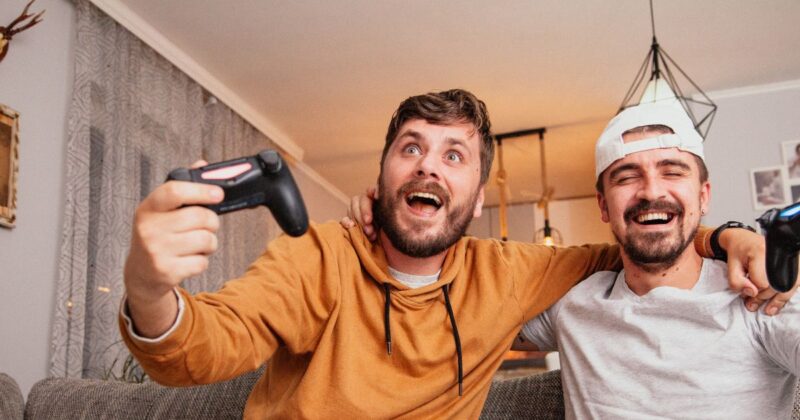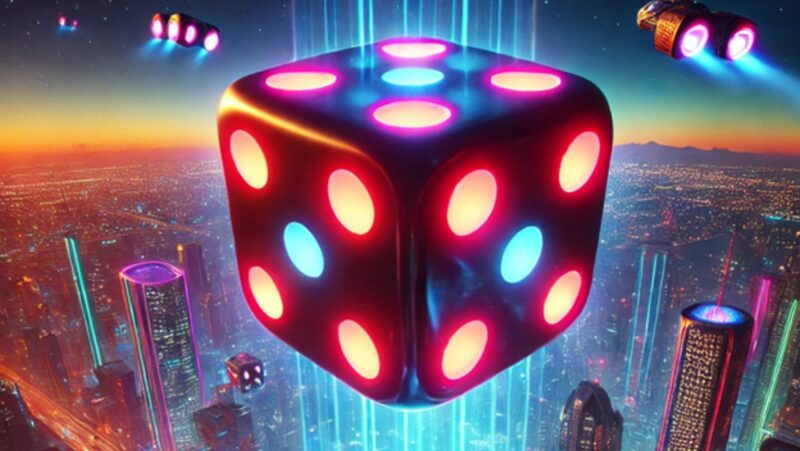NHTSA Receives over 100 Complaints from Tesla Owners Due to “Phantom Braking”
The National Highway Traffic Safety Administration has received over 100 complaints from Tesla owners due to the vehicle’s “phantom braking” issue. These incidents have been sent in by drivers claiming that the car unexpectedly slows down when it is not being touched, or even if there is a driver and passenger inside. Experts say this problem could be related to possible malfunctions with Autopilot functionality on some Teslas.
The “where are tesla cars made” is a question that has been asked by many Tesla owners. The NHTSA has received over 100 complaints from Tesla owners due to the “Phantom Braking.”

Tesla drivers don’t appear to be able to get a break these days, at least not in the manner that ordinary drivers would anticipate. Another automated function is being scrutinized after a multi-model recall in which the firm deactivated a self-driving technology that enabled the afflicted vehicles to roll past stop signs. The National Highway Traffic Safety Administration (NHTSA) has received over 100 complaints of phantom braking.
Phil Koopman, a professor at Carnegie Mellon University, was interviewed by the Washington Post. Mr. Koopman researches the safety of driverless vehicles. “Phantom braking occurs when developers fail to appropriately establish the judgment threshold for determining whether anything is there vs a false alarm,” Mr. Koopman said.
The National Highway Traffic Safety Administration (NHTSA) has received complaints from owners who claim their vehicle’s front collision avoidance system, or ADAS, is activating early. In other words, the automobile is braking for no apparent cause, thus the term “phantom braking.” According to the agency, the concerns are being investigated using its risk-based assessment procedure. Discussions with Tesla will take place, as well as a study of several data sources, and if the danger is verified, quick action will be taken.
The National Highway Traffic Safety Administration is aware of concerns concerning forward collision avoidance and is investigating them using our risk-based assessment procedure. Discussions with the manufacturer are part of this process, as is analyzing other data sources, such as data from the Early Warning Reporting system. If the evidence indicates that a danger exists, the NHTSA will take action right away. -Lucia Sanchez adverbial adverbial (NHTSA Spokeswoman)
Complaints are on the rise.
For months, reports of the auto-braking function have been on the increase. According to The Washington Post, over 107 complaints were filed in the past 90 days, compared to just 34 in the previous 22 months. With 51 complaints submitted in November, it was the month with the most. One NHTSA complaint, reproduced by Electrek, exemplifies the irregularity with which phantom-breaking incidents have occurred.
We have amassed 9,000 miles on the vehicle since taking delivery at the end of May and have had bad encounters with the traffic aware cruise control slamming on the brakes for no apparent reason with nothing ahead of us or passing cars. Slowdowns of 5-10 mph are common, as is the use of full braking pressure, which puts us at risk of being rear-ended. We’ve come dangerously close to being rear-ended many times. -National Highway Traffic Safety Administration (via Electrek)
When utilizing cruise control, some owners have stated their fear that if a car is following too closely behind them during one of these instances, an accident would occur. Most drivers can readily see a situation like this. When you add either terrible weather or low visibility, things might swiftly spiral out of control. Let’s not even bring up the possibility of a distracted motorist.
Some users have reported that their problems exacerbated following a November software upgrade. Other customers reported in May that their Model 3 and Model Y cars began to brake strangely when Tesla moved from radar to a vision-based technology called Tesla Vision. The increase in complaints coincided with the implementation of both adjustments to the auto-braking system.
The Washington Post and Electrek are two sources (1, 2)
Recent Developments
The AMD Radeon RX 6950 XT is said to have a Boost Clock of 2.5+ GHz and a TBP of 350 Watts.
6 February 2022 6 February 2022
A French retailer has listed the Batman Arkham Collection for the Nintendo Switch.
6 February 2022 6 February 2022
NVIDIA Releases G-SYNC, Call of Duty: Vanguard, and Assassin’s Creed Valhalla Issues Hotfix Driver
6 February 2022
Intel’s Patent Suggests Multi-Chip-Module GPUs
6 February 2022 6 February 2022
This year, Blizzard will release a mobile version of Warcraft.
5 February 2022 5 February 2022
In 2024, PCIe 5.0 SSDs with up to 14 GB/s of bandwidth will be available to consumers.
February 5, 20226 February 2022
Related Tags
- whats the cheapest tesla
- tesla regenerative braking
- tesla type s











